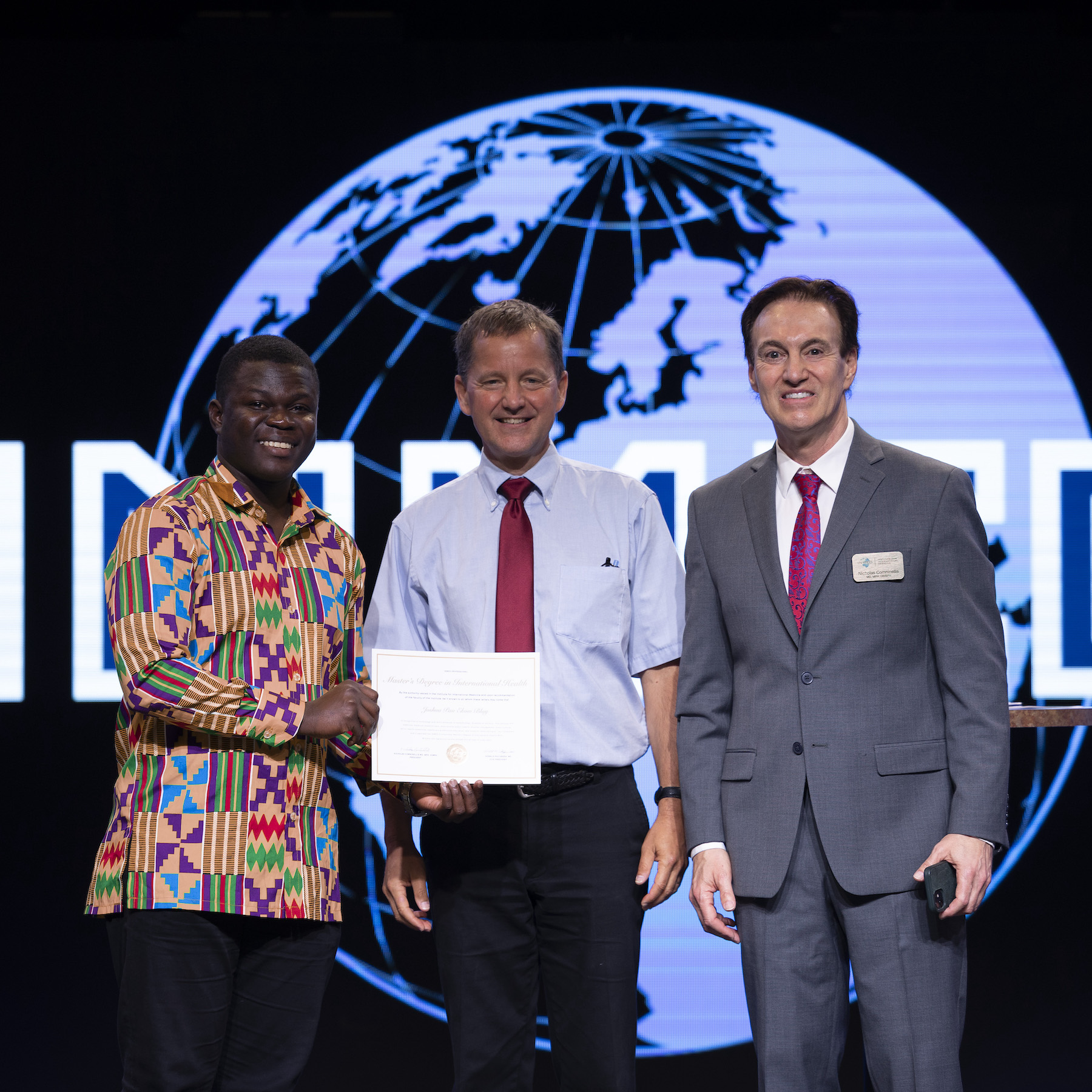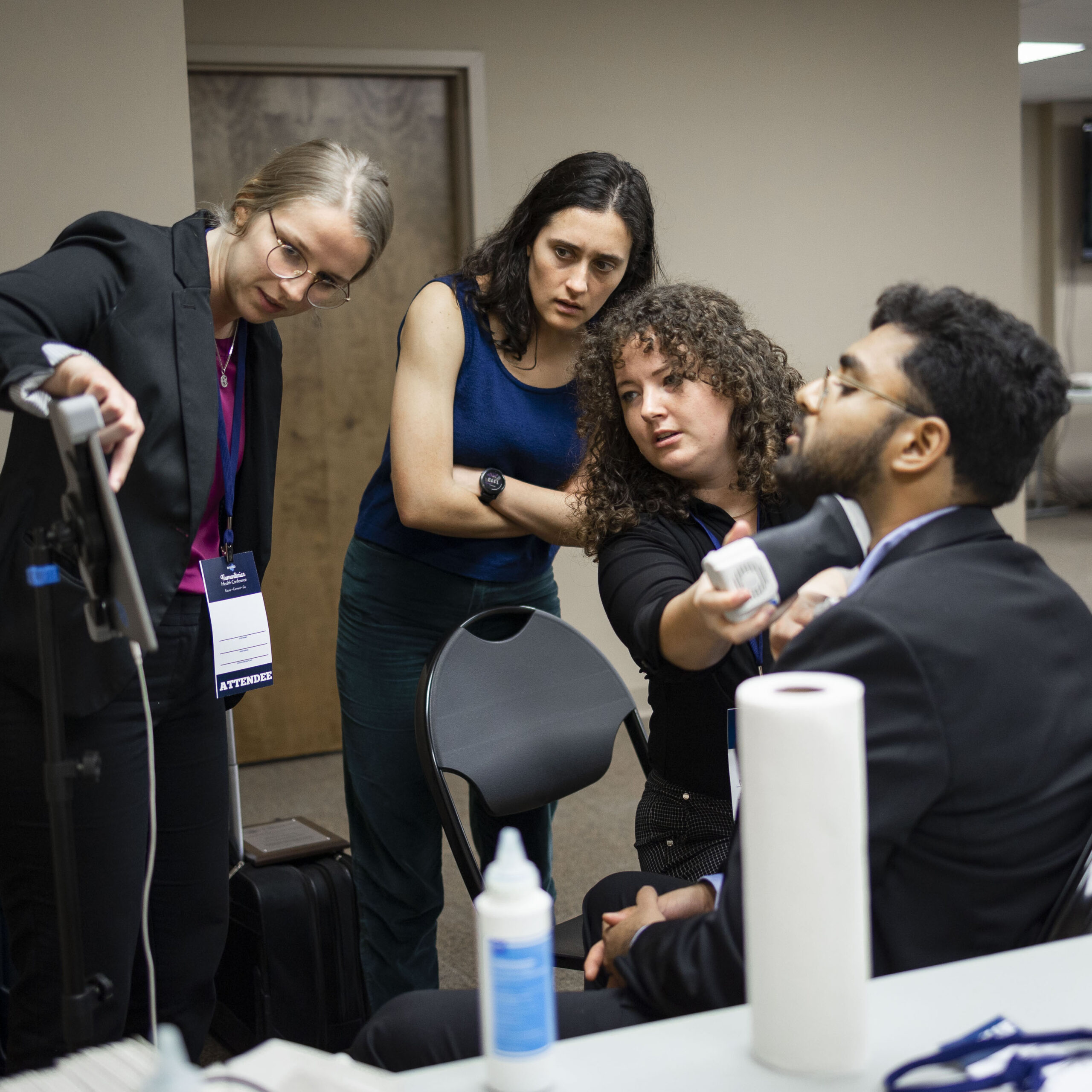Welcome
Thank you for joining INMED on this exploration of insights, experiences, and knowledge. Our passion for improving health worldwide extends beyond the borders of nations, reaching communities, and especially those most in need.
Explore the rich tapestry of our blogs, each a unique voice contributing to the global conversation on international medicine and public health. Here’s what you’ll discover:
🌍 Diverse Perspectives: Our blogs showcase a diverse range of perspectives, experiences, and insights from healthcare professionals, students, and contributors around the world.
📰 Latest Updates: Stay informed about the latest in global health with our regularly updated posts. From in-depth analyses to real-life stories, there’s always something new to discover.
🌟 INMED in Action: Experience our organization’s impact in real-time. Explore stories, photos, and videos that bring our initiatives and projects to life, showcasing the tangible results of our collective efforts.
🎓 Current Students: Hear directly from our student bloggers as they share their experiences, challenges, and triumphs in service-learning.
👩💻 INMED Staff: Gain insights from our staff as they provide a behind-the-scenes look at our initiatives, expertise, and the passion that drives our commitment to global health.
🤝 Alumni Stories: Meet the trailblazers who have emerged from our programs, making a difference in the global health landscape. Their stories inspire and exemplify the impact of education and dedication.
Join us as we bridge gaps, break barriers, and foster a global community dedicated to better health for all. Together, we’re creating a space where knowledge, compassion, and action converge.
Thank you for being a part of our global health journey!
Respectfully,
Nicholas Comninellis, MD, MPH, DIMPH
INMED President & Professor
Welcome
Thank you for joining INMED on this exploration of insights, experiences, and knowledge. Our passion for improving health worldwide extends beyond the borders of nations, reaching communities, and especially those most in need.
Explore the rich tapestry of our blogs, each a unique voice contributing to the global conversation on international medicine and public health. Here’s what you’ll discover:
🌍 Diverse Perspectives: Our blogs showcase a diverse range of perspectives, experiences, and insights from healthcare professionals, students, and contributors around the world.
📰 Latest Updates: Stay informed about the latest in global health with our regularly updated posts. From in-depth analyses to real-life stories, there’s always something new to discover.
🌟 INMED in Action: Experience our organization’s impact in real-time. Explore stories, photos, and videos that bring our initiatives and projects to life, showcasing the tangible results of our collective efforts.
🎓 Current Students: Hear directly from our student bloggers as they share their experiences, challenges, and triumphs in service-learning.
👩💻 INMED Staff: Gain insights from our staff as they provide a behind-the-scenes look at our initiatives, expertise, and the passion that drives our commitment to global health.
🤝 Alumni Stories: Meet the trailblazers who have emerged from our programs, making a difference in the global health landscape. Their stories inspire and exemplify the impact of education and dedication.
Join us as we bridge gaps, break barriers, and foster a global community dedicated to better health for all. Together, we’re creating a space where knowledge, compassion, and action converge.
Thank you for being a part of our global health journey!
Respectfully,
Nicholas Comninellis, MD, MPH, DIMPH
INMED President & Professor
INMED IN ACTION
Weapons of Peace? What Are These?
September has been marred by weapons of war: missiles in the Middle East, hunger in Sudan, terror in Ukraine, expulsion […]
Continue ReadingDo You Need MORE Higher Education?
School has begun, and with it renewed debate about the value higher education: its cost, benefits, and hazards. Most readers […]
Continue ReadingAre Short-Term Healthcare Missions Effective?
In spite of great progress in technology and economic growth, some communities around the globe continue to be deeply disadvantaged. […]
Continue ReadingExtreme Heat and Human Health
Temperature on the earth’s surface has been rising steadily for at least 140 years. Summer 2024 in the northern hemisphere […]
Continue ReadingDanger Of Epidemiology
With no measles nearby, the vaccine is not necessary. The Spanish flu began in Spain. Healthy adults must drink eight […]
Continue Reading“How can I serve in Gaza?!”
180 women give birth each day in Gaza. Save the Children projects 15% of them experience birth complications: bleeding, infection, […]
Continue ReadingWhy Go To An In-Person Conference Anymore?
With virtual conferences the norm since 2020, why bother with traveling in-person to such events? The question is compelling because […]
Continue ReadingFighting The Diseases Of Poverty
David Livingston, one of the 1800’s most beloved personalities, is best remembered as an explorer. He was the first person […]
Continue ReadingEradication of HIV on May 30!
Eradication of HIV? In the 1980s, 90s, and 2000s, who would’ve imagined this possibility? Yet with very recent advancements in […]
Continue ReadingINMED IN ACTION
Weapons of Peace? What Are These?
September has been marred by weapons of war: missiles in the Middle East, hunger in Sudan, terror in Ukraine, expulsion […]
Continue ReadingDo You Need MORE Higher Education?
School has begun, and with it renewed debate about the value higher education: its cost, benefits, and hazards. Most readers […]
Continue ReadingWhy Go To An In-Person Conference Anymore?
With virtual conferences the norm since 2020, why bother with traveling in-person to such events? The question is compelling because […]
Continue ReadingAre Short-Term Healthcare Missions Effective?
In spite of great progress in technology and economic growth, some communities around the globe continue to be deeply disadvantaged. […]
Continue ReadingExtreme Heat and Human Health
Temperature on the earth’s surface has been rising steadily for at least 140 years. Summer 2024 in the northern hemisphere […]
Continue ReadingDanger Of Epidemiology
With no measles nearby, the vaccine is not necessary. The Spanish flu began in Spain. Healthy adults must drink eight […]
Continue ReadingDo International Health Credentials Really Matter?
“You plan to work in Africa?” questioned the health education professional at my interview. His tone was decidedly skeptical. […]
Continue ReadingWho Is The 2021 International Healthcare Preceptor Award Recipient?
This award recognizes individuals who are making an important impact in training of the next generation of international healthcare volunteers. Through […]
Continue ReadingWhy Empower Others With Your Hard Earned Skills?
Progress in health requires skilled personnel who will multiply into others their knowledge and experience. This principle is also […]
Continue ReadingRecent Posts
Weapons of Peace? What Are These?
September has been marred by weapons of war: missiles in the Middle East, hunger in Sudan, terror in Ukraine, expulsion...
Do You Need MORE Higher Education?
School has begun, and with it renewed debate about the value higher education: its cost, benefits, and hazards. Most readers...
Are Short-Term Healthcare Missions Effective?
In spite of great progress in technology and economic growth, some communities around the globe continue to be deeply disadvantaged....
Extreme Heat and Human Health
Temperature on the earth’s surface has been rising steadily for at least 140 years. Summer 2024 in the northern hemisphere...



